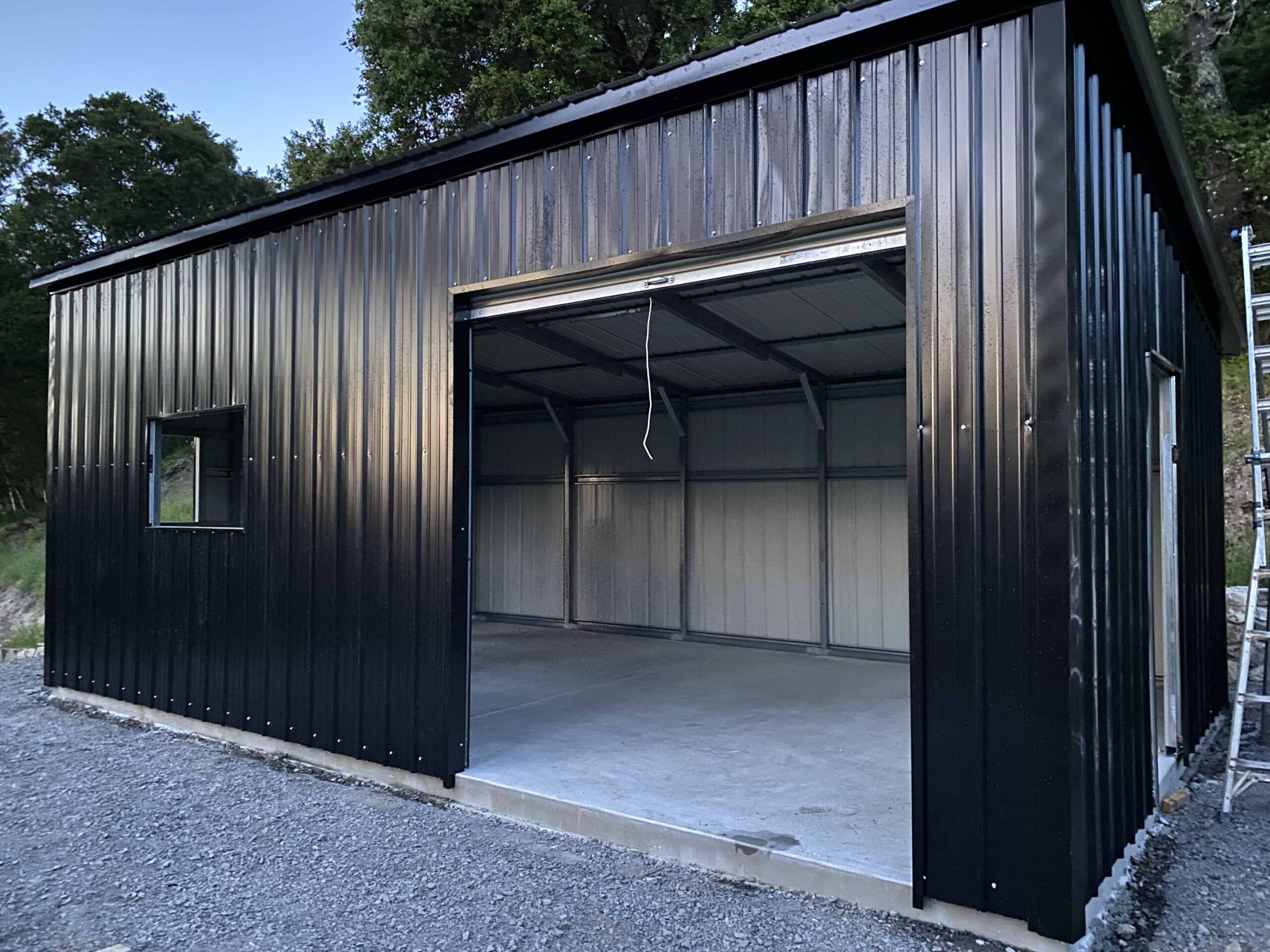
Mastering Metal Shed Comfort: A Comprehensive Guide to Effective Insulation
Introduction:
Metal sheds are a popular choice for outdoor storage due to their durability and low maintenance requirements. However, one common challenge faced by metal shed owners is maintaining a comfortable and temperature-controlled interior. In this guide, we will explore various techniques and materials to answer the burning question on every shed owner’s mind: How to insulate a metal shed?
Assessing the Need for Insulation:
Before diving into the insulation process, it’s crucial to evaluate your metal shed’s current state. Consider factors such as local climate, the purpose of the shed, and any existing insulation. This assessment will help determine the insulation level required for optimal comfort.
Choosing the Right Insulation Materials:
Selecting the appropriate insulation materials is a pivotal step in the insulation process. Fiberglass, foam board, and reflective foil insulation are popular choices for metal sheds. Each material has its own set of advantages, so it’s essential to pick one that aligns with your specific needs and budget.
Sealing Gaps and Leaks:
Metal sheds often have gaps and seams that allow unwanted airflow, making temperature control challenging. To combat this, thoroughly inspect the shed for any gaps, holes, or leaks. Seal these areas with weather-stripping, expanding foam, or caulking to create a more airtight space.
Installing Vapor Barriers:
Preventing moisture buildup within the metal shed is crucial for long-term insulation effectiveness. Integrate vapor barriers into the insulation layers to inhibit the passage of water vapor. This step helps protect the shed from potential issues like mold and corrosion.
Enhancing Insulation with Reflective Materials:
To maximize the insulation efficiency, consider incorporating reflective materials. Reflective foil insulation, when installed properly, can reflect radiant heat away from the shed, contributing to a cooler interior during hot weather and a warmer one in cold conditions.
Utilizing Thermal Mass:
In addition to traditional insulation materials, leveraging thermal mass can enhance the shed’s ability to regulate temperature. Consider using materials like concrete or heavy-duty shelving to absorb, store, and release heat, stabilizing the interior climate.
Conclusion:
Transforming your metal shed into a comfortable and well-insulated space requires careful planning and consideration of various factors. By assessing the need for insulation, choosing the right materials, sealing gaps, installing vapor barriers, and utilizing reflective materials and thermal mass, you can achieve an optimal balance for temperature control. Now that you’ve mastered the art of metal shed insulation, enjoy a more comfortable and versatile space for all your storage needs.


